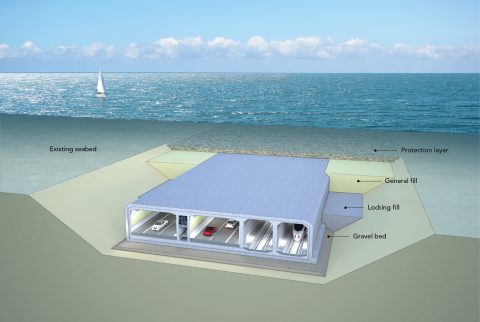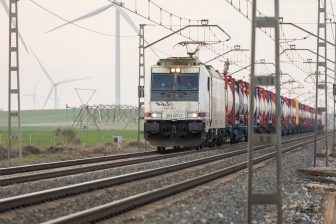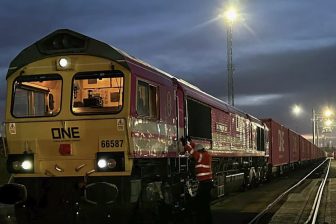
This is how the Fehmarnbelt tunnel will be constructed
Visualisation of a standard element of the Fehmarnbelt tunnel.
Construction is underway for the Fehmarnbelt tunnel, which will connect Germany and Denmark. At 18.2 km, the Fehmarnbelt tunnel will be the world’s longest immersed tunnel for both vehicles and trains. It will take only ten minutes to travel from Denmark to Germany by car and seven minutes by train. The tunnel will be finished in 2029.
Do you want to read the full article?
Thank you for visiting RailFreight.com. Become a member of RailFreight Premium and get full access to all our premium content.
Are you already a member?
Having problems logging in? Call +31(0)10 280 1000 or send an email to customerdesk@promedia.nl.




